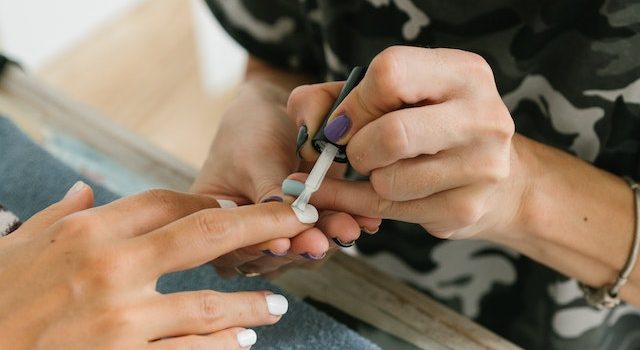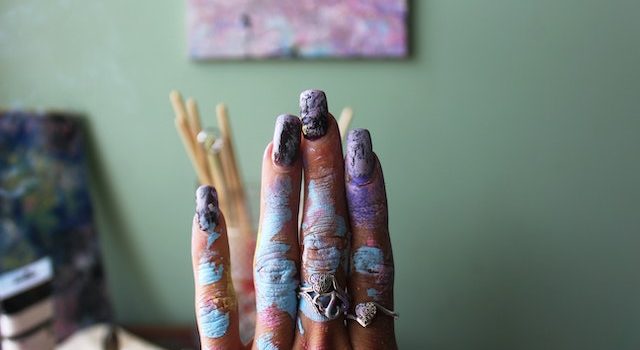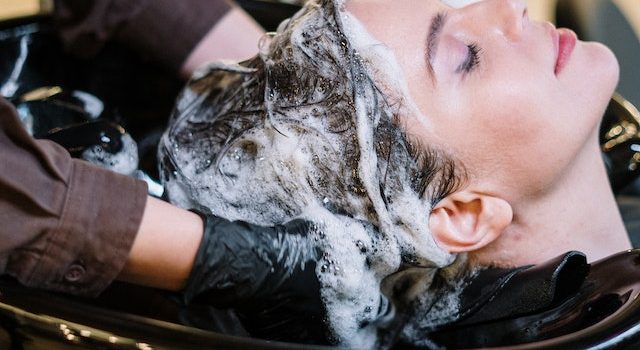
If you’re looking to elevate your nail game and add a touch of sophistication to your manicure, mastering the art of color blending is a must. One popular technique that allows you to achieve seamless color transitions on your nails is ombre or gradient nails. Whether you prefer a subtle gradient or a bold ombre effect, this nail art style offers endless possibilities for creativity and personal expression. In this article, we’ll delve into the world of ombre and gradient nails, exploring different techniques and tips to help you become a master of color blending.
What is Ombre and Gradient Nails?
Ombre and gradient nails refer to the gradual blending of colors on the nails, creating a smooth transition from one shade to another. While they are often used interchangeably, there is a slight difference between the two techniques. Ombre nails typically involve blending colors vertically from the cuticle to the tip of the nail, creating a fading effect. Gradient nails, on the other hand, involve blending colors horizontally across the nail, usually from one side to the other.
Achieving Ombre and Gradient Nails:
1. Choose Your Color Palette: Start by selecting a color palette that you want to work with. You can opt for a monochromatic look, using different shades of the same color, or experiment with complementary or contrasting colors for a bolder effect.
2. Prepare Your Nails: Begin by prepping your nails. Remove any old polish, shape your nails, and apply a base coat to protect your natural nails.
3. Gather Your Tools: To achieve a smooth and seamless gradient or ombre effect, you’ll need a few tools. These may include makeup sponges, a small brush, a clean-up brush, and nail polish remover.
4. Create Your Gradient or Ombre: There are a few different techniques you can use to achieve gradient or ombre nails:
– Sponge Technique: Apply your chosen colors onto a makeup sponge, ensuring that they slightly overlap. Gently press the sponge onto your nail, rolling it from one side to the other for a horizontal gradient or from the cuticle to the tip for an ombre effect. Repeat this step as necessary to build up the colors and create a seamless blend.
– Brush Technique: Apply your chosen colors in vertical stripes directly onto the nail. Use a small brush dipped in nail polish remover to blend the colors together in a gentle back-and-forth motion, creating a smooth gradient. For an ombre effect, use the brush to blend the colors from the cuticle to the tip of the nail.
5. Finishing Touches: Once you’re satisfied with the gradient or ombre effect, clean up any excess polish around the nails using a clean-up brush dipped in nail polish remover. Apply a glossy top coat to seal the design and add a beautiful shine.
Tips for Perfecting Ombre and Gradient Nails:
– Start with a white base coat to make the colors pop and create a more vibrant gradient or ombre effect.
– Experiment with different color combinations and placement to create unique and eye-catching designs.
– Blend the colors while they’re still wet to achieve a smooth and seamless transition.
– Practice on a nail wheel or paper before attempting the technique on your own nails to get a better understanding of color blending and application.
– Have patience and take your time. Ombre and gradient nails require precision and attention to detail.
– Use a top coat specifically designed for nail art to protect the design and prolong its longevity.
Ombre and gradient nails offer a versatile and stylish way to showcase your creativity and add a touch of elegance to your manicure. With a little practice and experimentation, you can master the art of color blending and create stunning nail designs that are sure to turn heads. So, unleash your inner artist, gather your favorite nail polishes, and get ready to create beautiful ombre and gradient nails that will make a statement wherever you go.

















